The Cryosphere Geophysics And Remote Sensing (CryoGARS) group
Hans-Peter Marshall

Hans-Peter (HP) Marshall is an assistant professor in the Department of Geosciences and the Center for Geophysical Investigation of the Shallow Subsurface (CGISS), at Boise State University, and an expert consultant for the U.S. Army Cold Regions Research and Engineering Laboratory. HP is a snow scientist and glaciologist who uses geophysics and engineering tools to study the Cryosphere. He received his B.S. degree in Physics from the University of Washington (1999), with a minor in Geophysics, and a Ph.D. in Civil Engineering with an emphasis in Geotechnical Engineering from the University of Colorado at Boulder (2005). He was a visiting Ph.D. student for one winter at the Swiss Federal Institute for Snow and Avalanche Research (2004), and recently received the 2010 AGU Cryosphere Focus Group’s Young Investigator Award. His current research is focused on spatial variability in snow and its effect on remote sensing, snow hydrology, and snow avalanches.
hpmarshall@boisestate.edu, (208) 426-1416, Boise State CGISS site
Current Group Members
Hank Hetrick
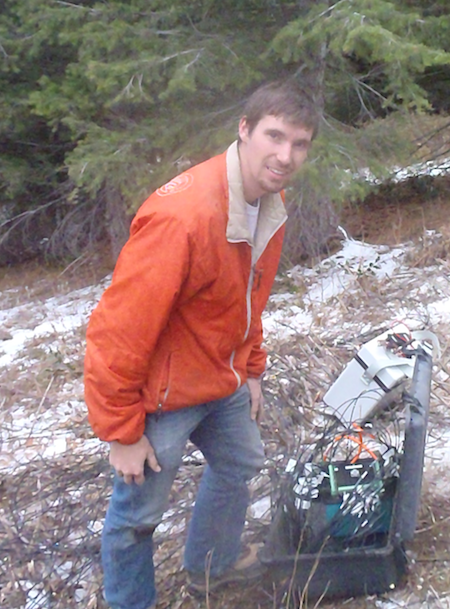
In 2010, Hank Hetrick received a B.S. in both Engineering/Physics and Physics with an emphasis in mathematics from Northwest Nazarene University, located in Nampa, Idaho. Hank is currently working towards his Ph.D. in geophysics. His research involves the use of resistivity methods to observe spatial and temporal changes in the soil moisture due to overlying snowmelt. His interests currently include exploration geophysics, specifically in electrical and electromagnetic methods. Hank has spent the last two summers working at the Idaho National Laboratory, where he has developed expertise in 3-D visualization. He is leading a long-term 3-D resistivity survey at our Bogus Ridge Snow Study Site with John Bradford, measuring soil moisture to investigate the role of lateral flow of water in snow.
Andrew Hedrick
Email: andrewhedrick@boisestate.edu
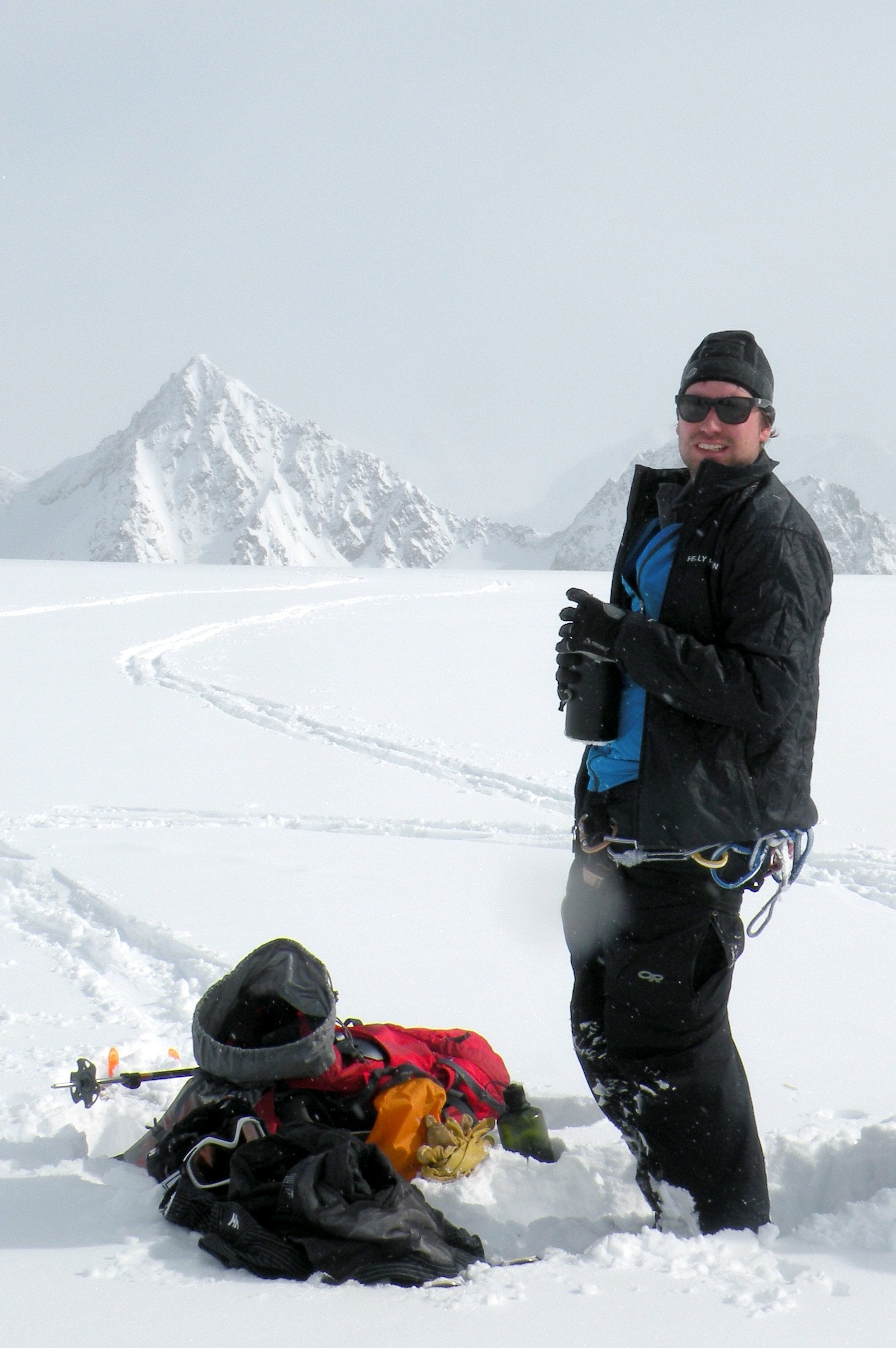
Mountain snow depth distributions can vary drastically over surprisingly small horizontal length scales due to factors such as wind redistribution, sublimation and vegetation effects. Accurately modeling basin- and catchment-scale snow water equivalent (SWE) can quickly become a dizzying prospect as a result of such variability, but novel remote sensing techniques can provide the spatial measurement extent required to properly calibrate and validate distributed hydrologic snow models over large areas. Working with the CryoGARS (Cryosphere Geophysics And Remote Sensing) research group at Boise State University, Andrew is developing methods to better characterize the spatiotemporal variability of seasonal mountain snowpacks using remote sensing techniques in tandem with in situ, automated measurements, and model simulations from iSNOBAL. His main interests include:
- Airborne and terrestrial Lidar applications
- Time-lapse photogrammetry
- Large-scale modeling of seasonal snowpack evolution
Andrew attended Montana State University where in 2007 he received his B.S. in Physics, then in 2013 completed his M.S. in Geophysics at Boise State University. He now shares his time between Boise State University and the USDA-ARS Northwest Watershed Research Center as a Research Associate.
Chago Rodriguez
Email: chagorodriguez@u.boisestate.edu
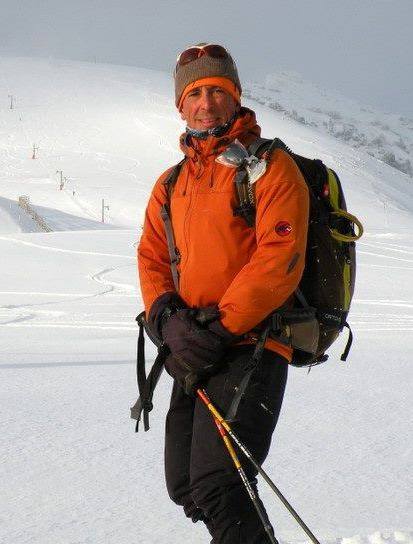
Chago joined CryoGARS early 2015 and is currently working towards his PhD in Geophysics. He is currently researching the effectiveness of low power (less than 1 watt) microwave sensors in the K and X band. He has developed radars to characterize dry snow stratigraphy, movement of water front within the snowpack, and track temporal changes in the snowpack. A second application of his microwave sensors is to test the sensibility to the detection of snow precipitation. The low power radars radars is being used in Stepped Frequency and Frequency Modulated Continue Wave modes, using both sawtooth and triangle frequency sweeps. He has deployed his sensors at Senator Beck, CO; Grand Mesa, CO; Bogus Basin, ID; Pyrennes Mountains, and the Andes.
Chago is an avid skier and avalanche course instructor where he teaches avalanche awareness all across the globe, from the Andes in Argentina to the Pyrenees Mountains in Spain. Aside from keeping up with his blog on Mores Creek Summit Backcountry Skiing he is also a talented Caribbean sailer.
Joel A. Gongora
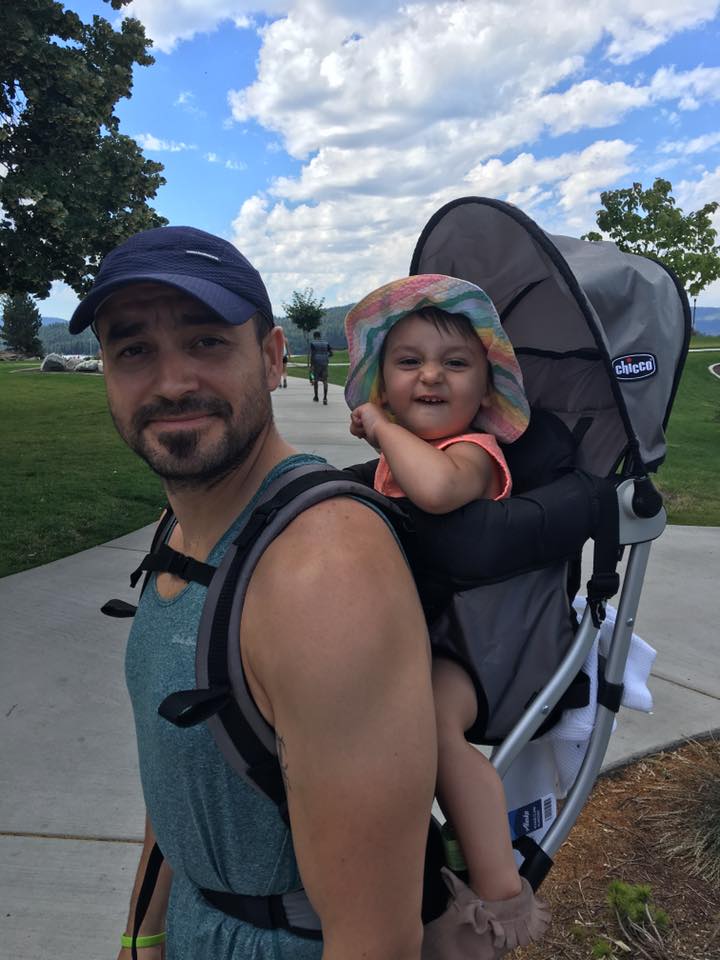
Email: joelgongora@boisestate.edu
Joel Gongora joined CryoGARS in 2015 and his research interests are geophysical methods in retrieving snow water equivalent,remote sensing, machine learning, and data science. He is working towards his PhD in Geophysics and is a recipient of NASA Idaho Space Grant Consortium Fellowship for his work titled, “Sampling Strategies for Estimations of Frozen Water Storage: A Machine Learning Approach“. Sampling snowpack in mountainous terrain is extremely challenging especially when working in extremely remote locations or in avalanche terrain. The value of each sampled point is determined by its ability to represent the overall distribution of the mountain snowpack. Joel’s work incorporates the use of terrain properties, remotely sensed data, as well as discrete time snaps of snow packs conditions to identify highly connected in-situ sites to be used for optimal sample design. Joel’s background includes a MS in Mathematics from East Tennessee State University, his thesis, “Independent Domination in Complementary Prisms” was a study of node domination for a specific family of graphs (collections of nodes and edges). He completed two BS degrees in Mathematics and Chemistry from the University of Idaho, his undergraduate thesis work titled, “The Coevolution of Parasite Host Use” was a study on a coevolutionary model that measured the rise and fall of parasites as host parameters evolved over time.
Tate Meeham
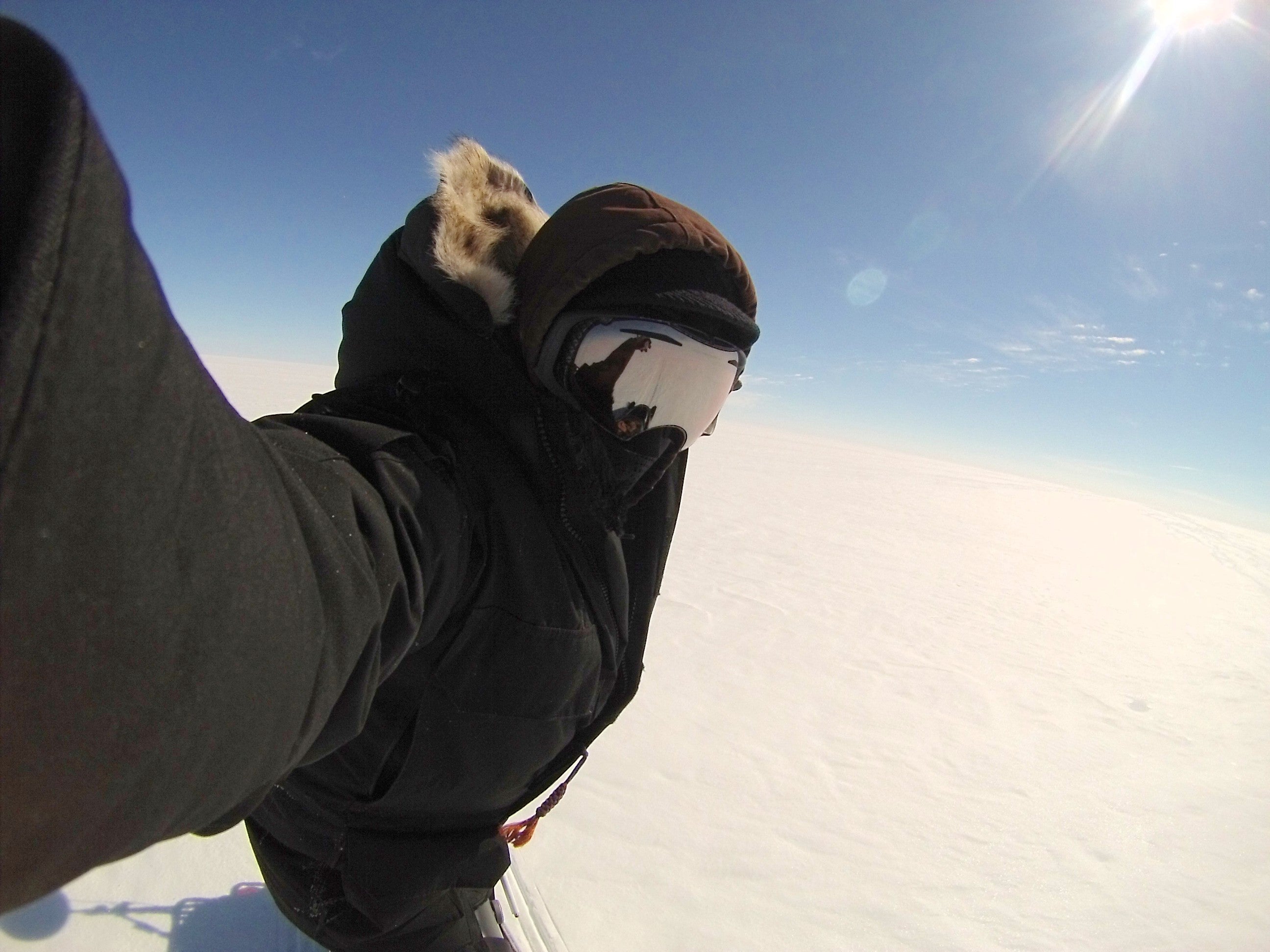
Email: tatemeeham@boisestate.edu
Tate is currently a Master’s Candidate in Geophysics soon to complete his work on estimating surface density and snow water equivalent of the Greenland Ice Sheet with multi-channel ground penetrating radar. Tate has endured the past two summers as the lead radar technician throughout a ~3500 km snowmobile traverse along the ice sheet’s western margin. Tate plans to continue his work within CryoGARS to further develop the multi-channel radar technique at the Ph.D. level. Tate received a Bachelor’s Degree in Geophysics from Texas A&M University with honors in 2014 and joined CryoGARS in the fall of 2016. His undergraduate and post-baccalaureate research investigated magnetic and electromagnetic methods for applications in archaeology and agriculture. His early years were spent playing in the snow of Denver, Colorado, and he is an avid Broncos fan.
Past Group Members
Achim Heilig
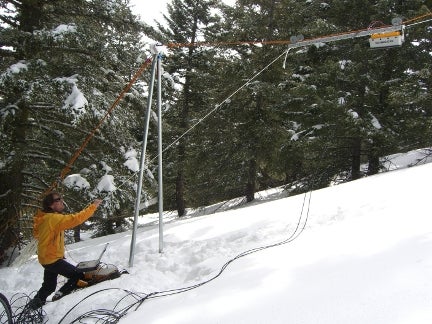
Achim Heilig was a postdoctoral research associate in the Department of Geosciences and the Center for Geophysical Investigation of the Shallow Subsurface (CGISS), at Boise State University, and the coordinating postdoc for the international research project MUSI at the Institute of Environmental Physics (IUP), University of Heidelberg, Germany and in collaboration with the Swiss Federal Institute for Snow and Avalanche Research (SLF). Achim interests included the variability of snow depths, temporal changes of snowpack parameter and glacier behaviors. He received his Diploma degree in Physical Geography from the Ludwig-Maximilian University Munich (2005), with minors in Meteorology and Geoinformatics, and a Ph.D. in Natural Sciences from the University of Heidelberg, Germany (2009).
Scott Havens

Scott received the B.S. degree in civil engineering from University of Colorado, Boulder, in 2007. Scott his Ph.D. degree in Geophysics in 2015, his work included the studying of how snow microstructure affects remote sensing as well as remote detection of snow avalanches. Scott was the recipient of the NASA Earth and Space Science Fellowship entitled “Characterizing snow microstructure with X-ray tomography and a Snow Micro Penetrometer: understanding important effects of microstructure on remote sensing.” Research projects involved with:
- Direct action avalanche forecasting with Snow Slope Stability
- Detection of avalanches using infrasound
- Effects of microstructure on radar
Jason Jennings
Jason is currently working toward his bachelors in Geophysics, scheduled to graduate in the spring of 2012. Jason’s research is focused on modeling initial snow density, i.e. the density of snow as it falls to the ground. This is done by using various weather measurements such as air temperature, relative humidity, etc. Jason can be reached at jasonjennings@u.boisestate.edu
Jake Robertson
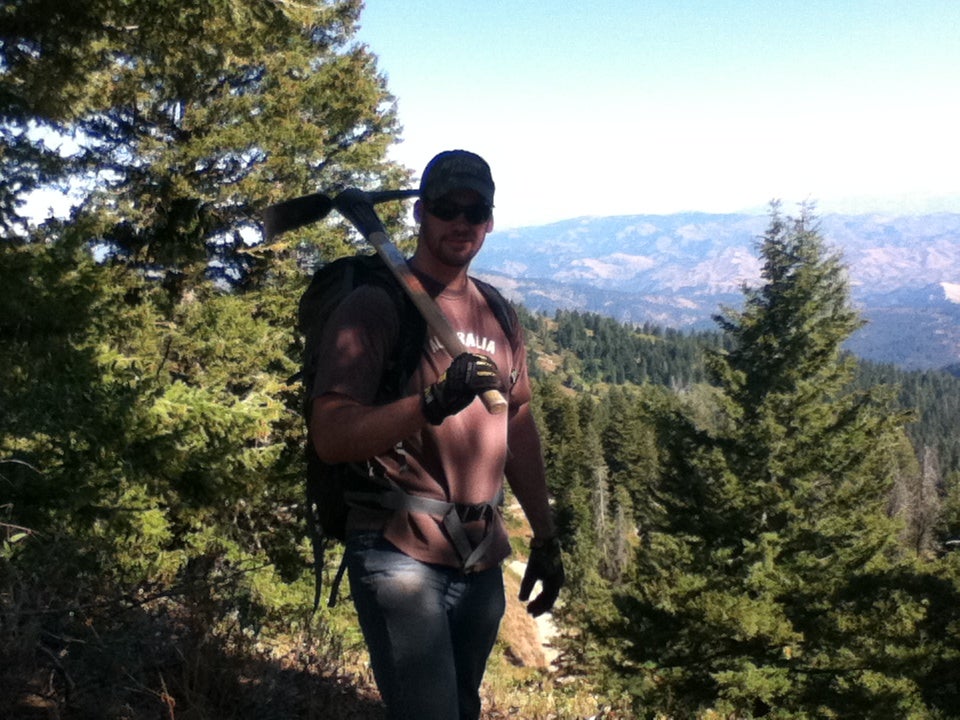
Jake Robertson graduated from Boise State, with a BS in Geoscience with an emphasis in Hydrology. His interests included snow and ice physics along with Hydrology. Jake lead the installation of the lateral flow lysimeters at the Bogus Ridge Snow Study Site.